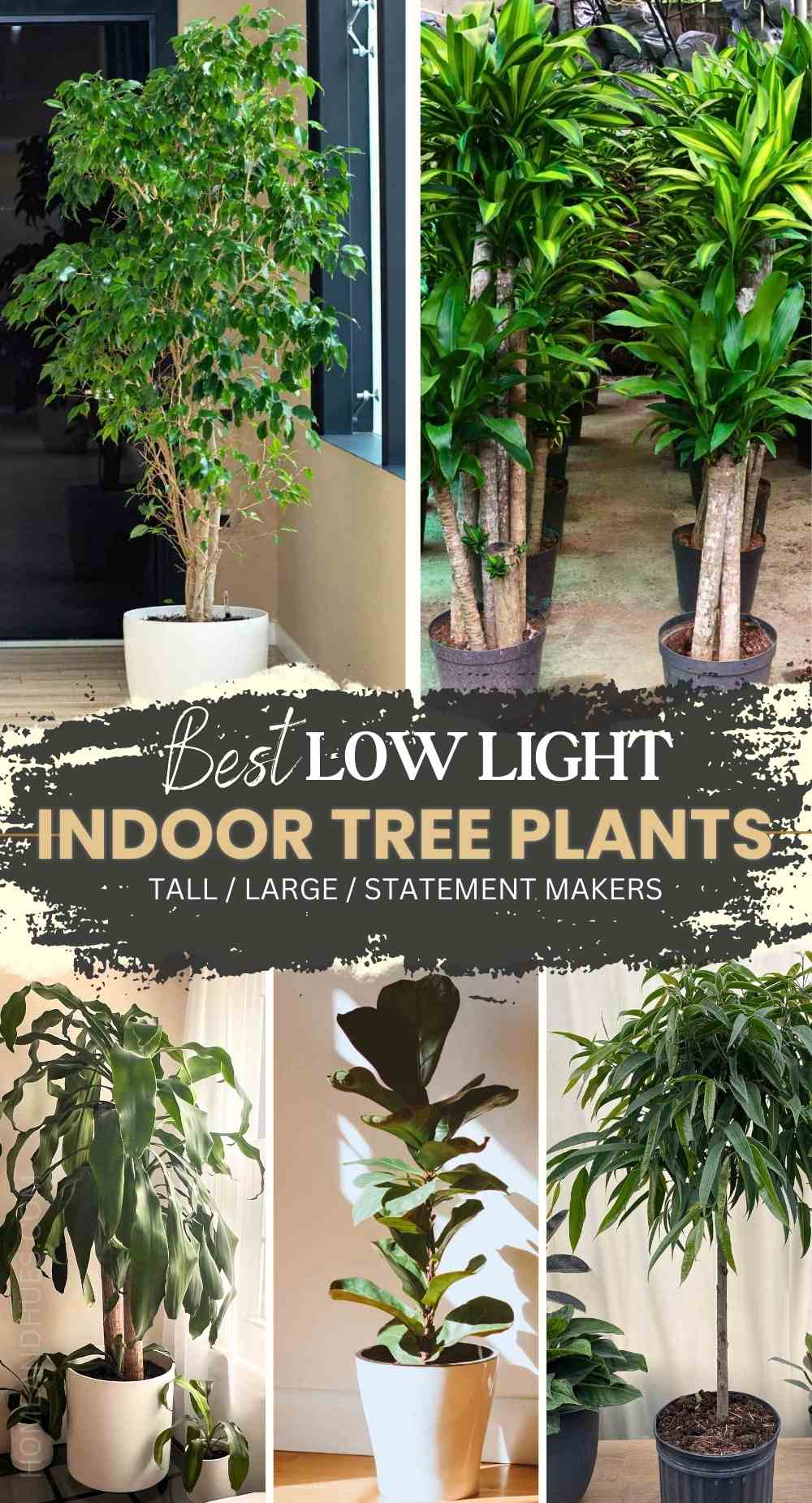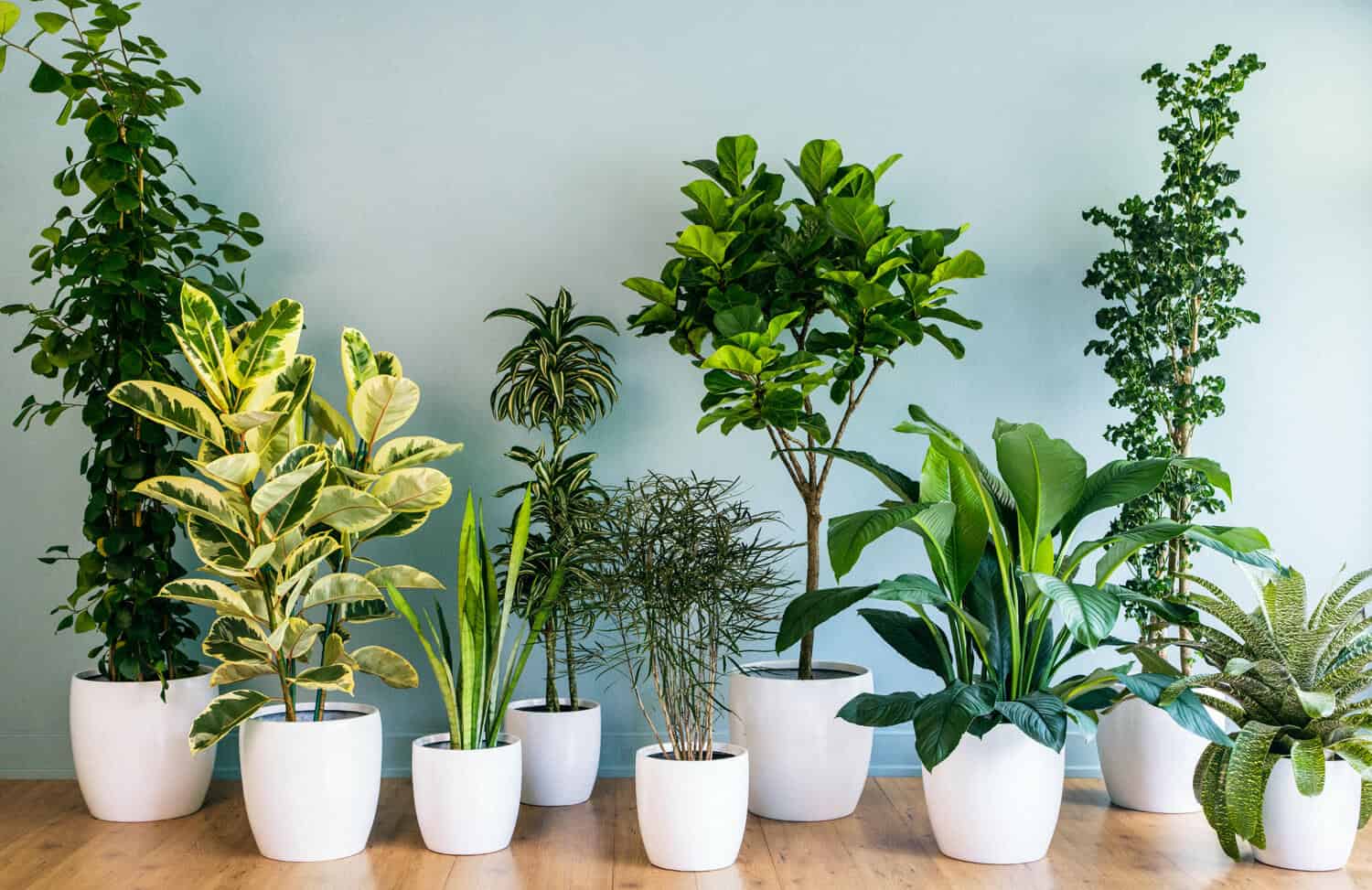How to Choose the Best Low-Light Indoor Plants for Your Interior Design Needs
Uncover the Secrets of Low-Light Indoor Plants and How They Boost Your Environment
Low-light indoor plants have actually amassed increasing attention for their unique capacity to improve both aesthetic appeal and environmental top quality within homes and work environments. These resilient species, including the Serpent Plant and Peace Lily, not just grow in tough illumination conditions yet also play an essential function in air purification and psychological wellness.
Advantages of Low-Light Indoor Plants
Although several people presume that interior plants need abundant sunshine to thrive, low-light interior plants use a wide variety of benefits that make them ideal for numerous atmospheres. One of the key advantages is their versatility; they can flourish in areas with restricted natural light, such as workplaces, basements, or spaces with small home windows. This feature enables people to improve their surroundings with greenery, adding to boosted aesthetic appeals without the need for considerable lighting adjustments.
Furthermore, low-light interior plants can significantly improve indoor air quality by filtering harmful toxins and releasing oxygen, making living areas healthier. The presence of plants has been linked to greater feelings of tranquility and emphasis.
In addition, low-light plants often require less maintenance than their sun-loving equivalents, making them excellent for busy people or those brand-new to horticulture. Their durability allows them to prosper with marginal treatment, hence supplying a gratifying experience for plant lovers and beginners alike. In summary, low-light interior plants serve both functional and aesthetic functions, making them important additions to any space.
Leading Low-Light Plant Ranges
Low-light indoor plants come in a selection of types, each offering special features and advantages suited for dark atmospheres. Among the most preferred ranges is the Serpent Plant (Sansevieria), understood for its architectural leaves and air-purifying capacities. This durable plant prospers on overlook and can endure a large range of light conditions.
An additional outstanding selection is the ZZ Plant (Zamioculcas zamiifolia), which features shiny, dark eco-friendly leaves and is highly drought-tolerant. Its versatility makes it a preferred for offices and homes with limited sunlight.
The Pothos (Epipremnum aureum) is also a leading contender, with its routing creeping plants and heart-shaped fallen leaves - Best low-light indoor plants. This flexible plant can be educated to climb or cascade, including visual passion to any room

Care Tips for Low-Light Plants
Taking care of low-light interior plants needs a nuanced understanding of their details needs to ensure optimum growth and vigor. First, it is necessary to select the appropriate potting mix, as a well-draining soil is critical to stop origin rot. A mix designed for houseplants, usually including peat moss and perlite, functions well for most low-light selections.
Watering is an additional crucial element of care. Low-light plants usually require much less constant watering compared to their sun-loving equivalents. It is a good idea to examine the top inch of soil; if it really feels dry, it's time to water. Overwatering can cause complications such as mold and root degeneration.
Fertilizing must be come close to with care. Throughout the expanding season, a watered down fluid plant food can be applied monthly, but in winter season months, numerous low-light plants enter dormancy and need little to no fertilization.
Lastly, it is necessary to regularly cleanse the leaves to eliminate dirt, enabling far better light absorption. By sticking to these care pointers, you can grow a thriving environment for your low-light indoor plants, enhancing both their look and long life.
Enhancing Air Top Quality With Plants
Interior plants play a substantial role in improving air high quality within homes and workplace. Through the site link procedure of photosynthesis, these plants take in co2 and launch oxygen, adding to a healthier environment. Furthermore, certain low-light indoor plants have the capacity to filter dangerous contaminants, such as benzene, formaldehyde, and trichloroethylene, which are frequently discovered in indoor atmospheres.

Additionally, the visibility of interior plants can raise moisture degrees, which assists alleviate dry skin and respiratory issues, better boosting general well-being. This website here capability to improve air quality not only advertises physical wellness but additionally sustains mental wellness.
Including low-light indoor plants into your living and functioning areas can result in a more vibrant and invigorating setting (Best low-light indoor plants). Buying these natural air purifiers is a simple yet reliable method for enhancing interior air high quality and promoting a healthier lifestyle
Developing a Peaceful Indoor Space
The combination of plants right into living areas not only boosts air high quality but also adds to a relaxing atmosphere. Low-light interior plants, such as snake plants and pothos, are specifically efficient in producing a calm atmosphere, as they grow in conditions that might or else be inhospitable for various other greenery. Their lavish foliage gives a calming visual, decreasing stress and advertising relaxation.
Including these plants into your office or home can evoke a feeling of peace and well-being. Tactically positioning them in areas where you invest substantial time, such as living areas or work spaces, enables an immersive experience with nature, which has actually been shown to boost state of mind and cognitive function.
Additionally, the gentle motion of fallen leaves in feedback to airflow can develop a dynamic aesthetic component that enhances the general atmosphere. Take into consideration utilizing a range of plant elevations and textures to add depth and rate of interest to your room. With thoughtful placement and care, low-light indoor plants can transform any type of area right into a calm shelter, cultivating not only aesthetic complete satisfaction however additionally emotional and mental health.

Conclusion
Including low-light indoor plants right into different settings yields substantial benefits, including enhanced air quality and boosted aesthetic charm. These durable species not just grow in very little light yet also add to a relaxing atmosphere, advertising psychological and emotional health. By picking ideal varieties and carrying out correct care techniques, people can effectively grow a serene indoor area that fosters health and productivity. The transformative power of low-light plants highlights their worth in boosting both domestic and work-related settings.
Although many people think that interior plants need abundant sunshine to prosper, low-light indoor plants supply a multitude of benefits that make them ideal for numerous settings.Additionally, low-light interior plants can dramatically enhance indoor air quality by launching and filtering harmful contaminants oxygen, making living areas healthier. In addition, particular low-light indoor plants possess the capacity to filter damaging pollutants, such as formaldehyde, trichloroethylene, and benzene, which are see it here frequently discovered in interior atmospheres.
Low-light interior plants, such as snake plants and pothos, are specifically effective in developing a peaceful setting, as they flourish in problems that may or else be inhospitable for various other greenery.Including low-light indoor plants right into various settings yields substantial benefits, including boosted air quality and boosted visual charm.